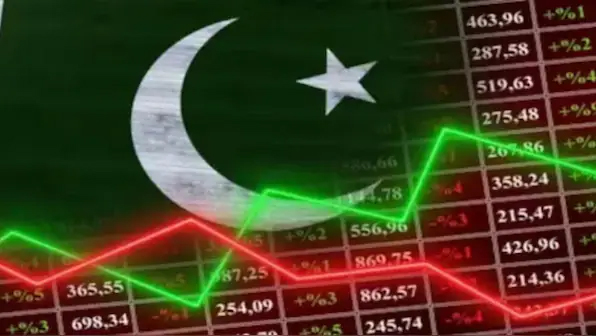By Tirthankar Mitra
In September, Pakistan Prime Minister Shehbaz Sharif secured a $7 billion assistance package from the International Monetary Fund (IMF) while also promising to reduce the country’s long-standing dependency on bailout programs—20 recourses since 1958. Currently, Pakistan is grappling with a deepening unemployment crisis and an ongoing brain drain. Recent reports indicate that the World Bank has canceled a $500 billion loan intended for a clean energy initiative.
This situation further highlights the struggles of Pakistan’s strained economy, which seems to be spiraling from one crisis to another. A revision of the power purchase agreement under the China-Pakistan Economic Corridor has occurred, and the outlook for the nation along India’s western border remains bleak. According to a study by Karachi-based Pulse consultants, nearly one million workers have left the country since 2008.
The trend of emigration is intensifying. An ILO report underscores the alarming unemployment rates. Reflecting on the IMF package, one may question whether it will serve as a viable long-term remedy for Pakistan’s economic challenges. Reports suggest that while the IMF package may help the country manage its current situation, it is merely a short-term solution. However, there are signs of hope.
According to the World Bank’s October update, the Pakistani economy is beginning to recover. Economic activity has shown an increase during the financial year (FY) 2024, following a recession in the previous FY.
Growth rose from 40.2 percent in FY 2023 to 40.5 percent in FY 2024. Yet, this growth rate remains insufficient. As stability improves, the central bank has responded by significantly lowering interest rates. The stock market has entered a bullish phase, fueled by increasing optimism surrounding economic stability; however, sustaining this recovery demands fundamental economic reforms.
The IMF package brings significant constraints for Pakistan, requiring an end to Chinese investments in the borrowing nation. This demand comes at a time when Pakistan is aiming to draw more Chinese firms, especially with the establishment of 9 Export Promotion Zones (EPZs). Earlier this year, Prime Minister Sharif sought cooperation through the Belt and Road Initiative (BRI) from China, but those efforts did not come to fruition.
Investment from China in Pakistan has decreased from 25 percent in 2023 to 22 percent in 2024. While the situation appears stable, uncertainty looms regarding future developments.
In accordance with the IMF agreement, Pakistan must enforce tax increases and eliminate exemptions across retail, export, and agriculture sectors. The IMF has called for tax revenues equivalent to 3 percentage points of the GDP. While broadening the tax base is essential for achieving revenue targets, it poses a politically sensitive challenge due to the strong influence of powerful lobbies, such as retailers.
Equitable tax distribution is imperative in Pakistan. The tax network should expand to cover areas including retail and real estate. There appears to be a newfound commitment in Pakistan to meet IMF conditions, reflecting a departure from previous approaches.
The populace, especially the youth, requires investment and support. The economic landscape reveals the multifaceted challenges faced by the people of Pakistan. Even as obstacles remain, this period signals structural changes that showcase resilience and adaptability across the socio-economic spectrum of the nation. (IPA Service)


Leave a Reply